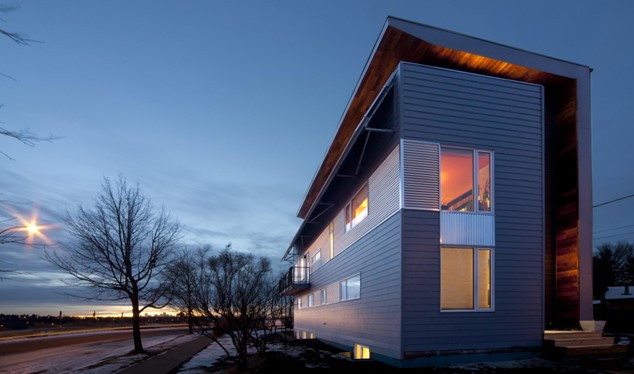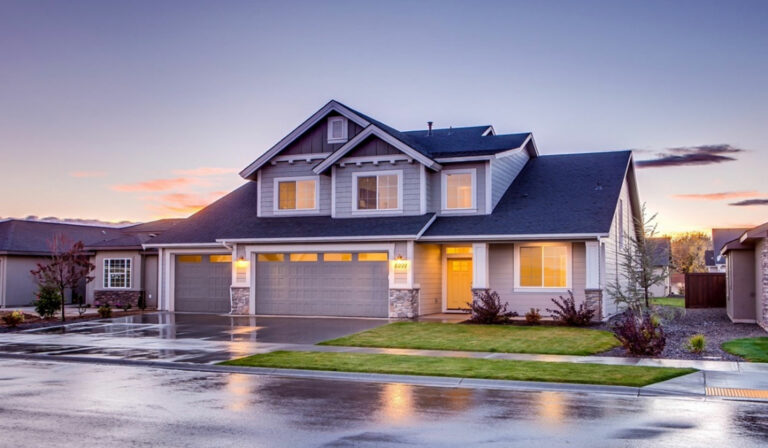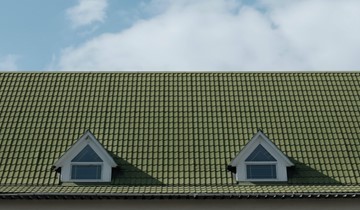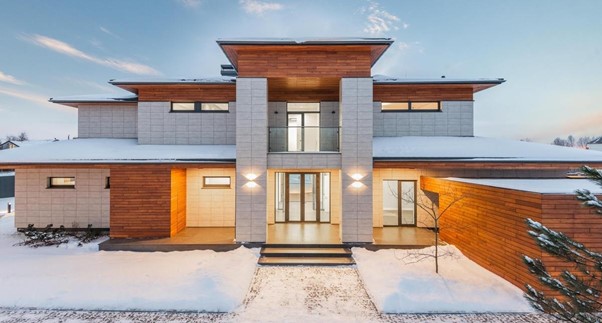Sustainability is becoming a significant trend in the construction industry and, by extension, the world of HVAC systems. Heating, ventilation, and air conditioning (HVAC) systems are massive energy consumers, with heating and cooling accounting for 47% of the electricity used in the average U.S. home.
When compared with other electric devices we use daily, they tend to consume the most energy by far. Therefore, it makes sense to go for energy-efficient HVAC systems. This wouldn’t only reduce your utility bill costs; it would also have a positive impact on the environment.
Here are the five best sustainable HVAC systems you can install in your home:
- Geothermal Heat Pumps
- DeVAP
- Hydronic Heating and Cooling
- Passive Solar Heating
- Smart Thermostats
-
Geothermal Heat Pumps
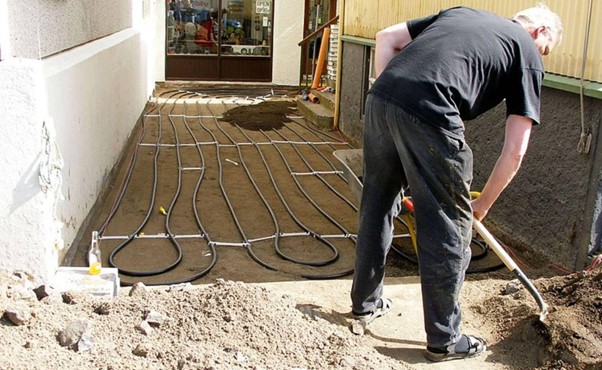
Photo: Thomas QuineGeothermal heat pumps are the most energy-efficient and eco-friendly HVAC systems you can get. A geothermal heat pump works by taking energy from deep inside the earth and using it to cool and heat your home. This means the heat pumps are meant to be installed in the ground near your home, about five to ten feet down.
Geothermal pumps are a lot more energy efficient than standard HVAC systems. They can operate at 400% efficiency, compared to the most energy-efficient standard heating and cooling systems, which can only operate at 90 to 98% efficiency.
They are quite expensive to install, however, with an average price range of $12,000 to $30,000. They will still save you a lot of money in the long term, so they are always worth the investment. The only other downside to geothermal heat pumps is that they are not a viable option for every home, as their installation is dependent on terrain and location.
-
DeVAP
DeVAP (Desiccant Enhanced Evaporative) systems are a lot more eco-friendly and energy-efficient than standard HVAC systems. They can save between 40 and 80 percent of energy compared to a conventional air conditioner.
Invented in 2011, this new technology runs on desiccant. An example of desiccant would be those silica gels usually kept in brand-new clothing items or electronics. This substance absorbs moisture and increases dryness in the surrounding environment.
DeVAP technology is still a work in progress, and the systems haven’t entered the mainstream market yet. It’s only a matter of time before this happens, one would hope.
-
Hydronic Radiant Heating and Cooling
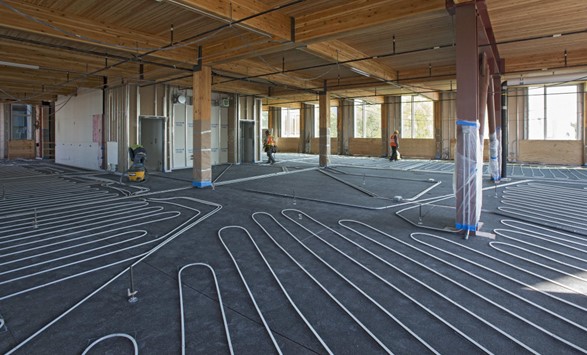
Photo: Brad KahnHydronic radiant heating pumps heated water beneath the floor and generates energy that radiates upward to evenly distribute heat.
Hydronic radiant cooling works in a similar manner. It distributes cold water through specially insulated panels in the ceiling to generate a cooler atmosphere. Both systems are more energy-efficient than conventional units; hydronic heating uses 30% less energy, while hydronic radiant cooling has been found to be 50% more energy efficient.
This HVAC option is far from cheap, with hydronic radiant heated flooring costing between $6 and $20 per square foot. But if you’re the type that’s bothered about the environment and climate change, then it’s a great investment.
-
Passive Solar Heating
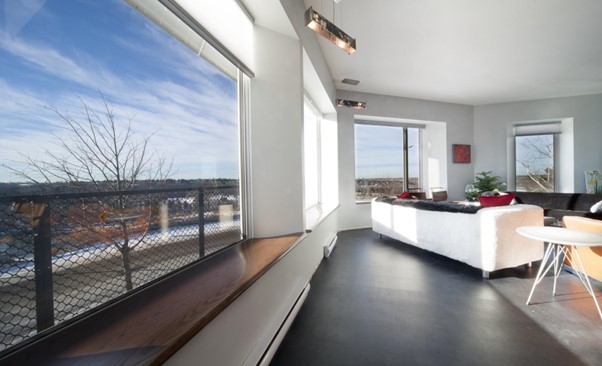
Photo: Darren GreenwoodPassive solar heating collects energy from the sun to heat your home’s atmosphere. It’s not as simple as it sounds, and it doesn’t involve the use of solar panels. This technology affects the architecture of your home, as it absorbs the sun’s energy through the building’s walls, floors, windows, and roofs.
This requires placing your house in an optimal location with lots of access to direct sunlight. You would also have to design the house with the intent of letting sunlight shine through easily. Once the sun’s heat is absorbed, it is stored in a thermal mass beneath the building. This retained heat is then distributed through natural radiation or a ventilation system.
Due to its organic nature, passive solar heating is far more energy efficient than standard heating systems. You just need to be willing to or be lucky enough to have designed your house in a very specific manner.
-
Smart Thermostats
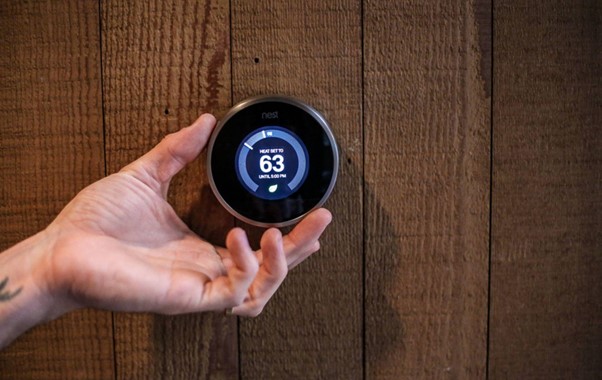
Photo: Marcela GaraSmart thermostats are devices that let you monitor and adjust the temperature of your HVAC system. Because they are Wi-Fi enabled and accessible from your mobile device, you can control your home’s temperature remotely from anywhere in the world.
You can program these tools to automatically reduce your home’s temperature at certain times. Some have sensors that will automatically adjust a room’s temperature based on your presence or absence in the room.
When used wisely, smart thermostats can help save energy substantially and reduce utility bills. Several manufacturers of smart thermostats have reported that their consumers were able to save between eight and 23 percent on their utility bills.
As a licensed constructor who is into sustainable housing, I would highly recommend green HVAC systems over traditional A/C units. I would also mention that the quality of the HVAC contractors you work with goes a long way in determining the effectiveness of your new system. Only hire good HVAC contractors who have demonstrated experience with sustainable heating and cooling systems.

